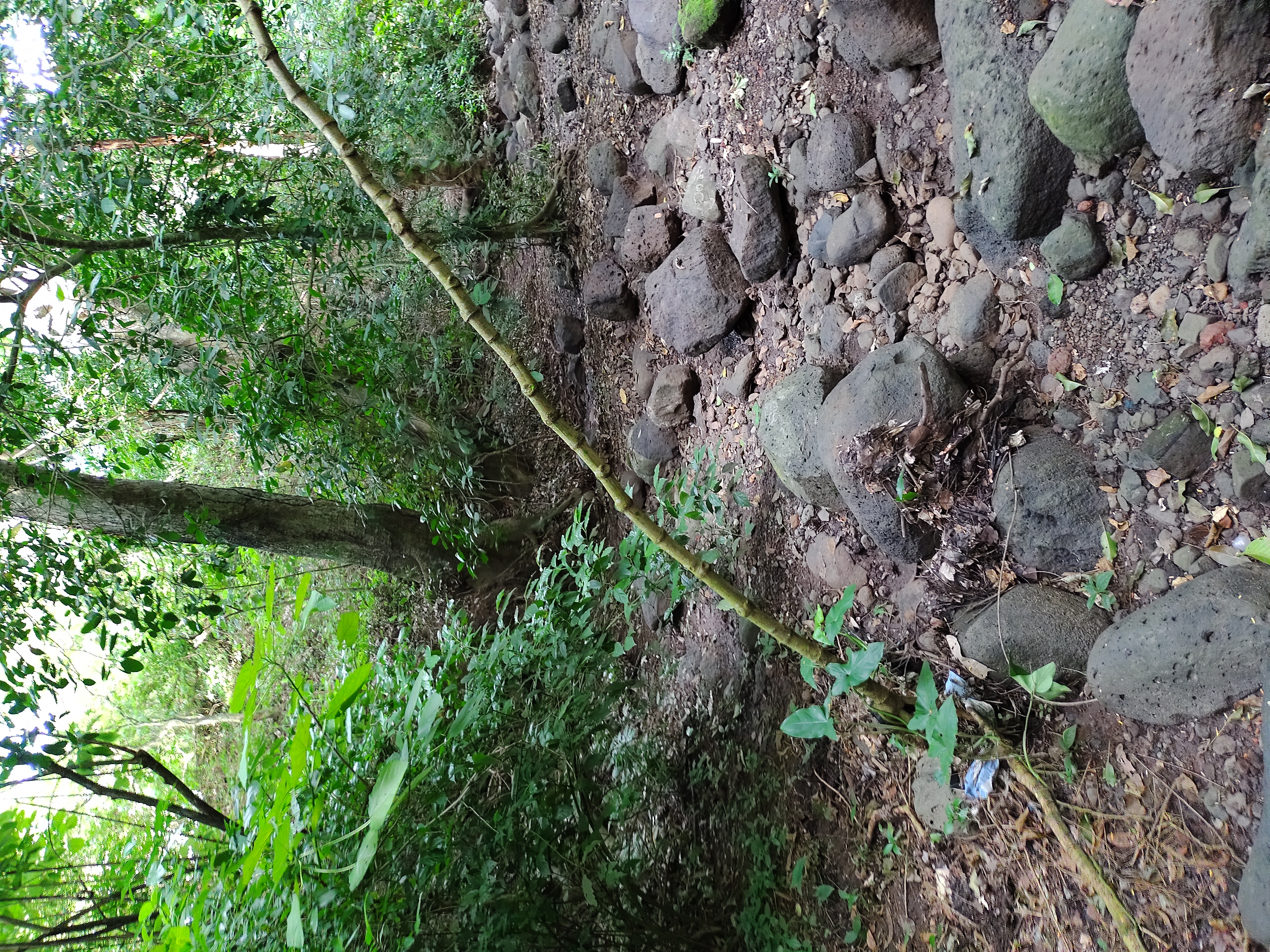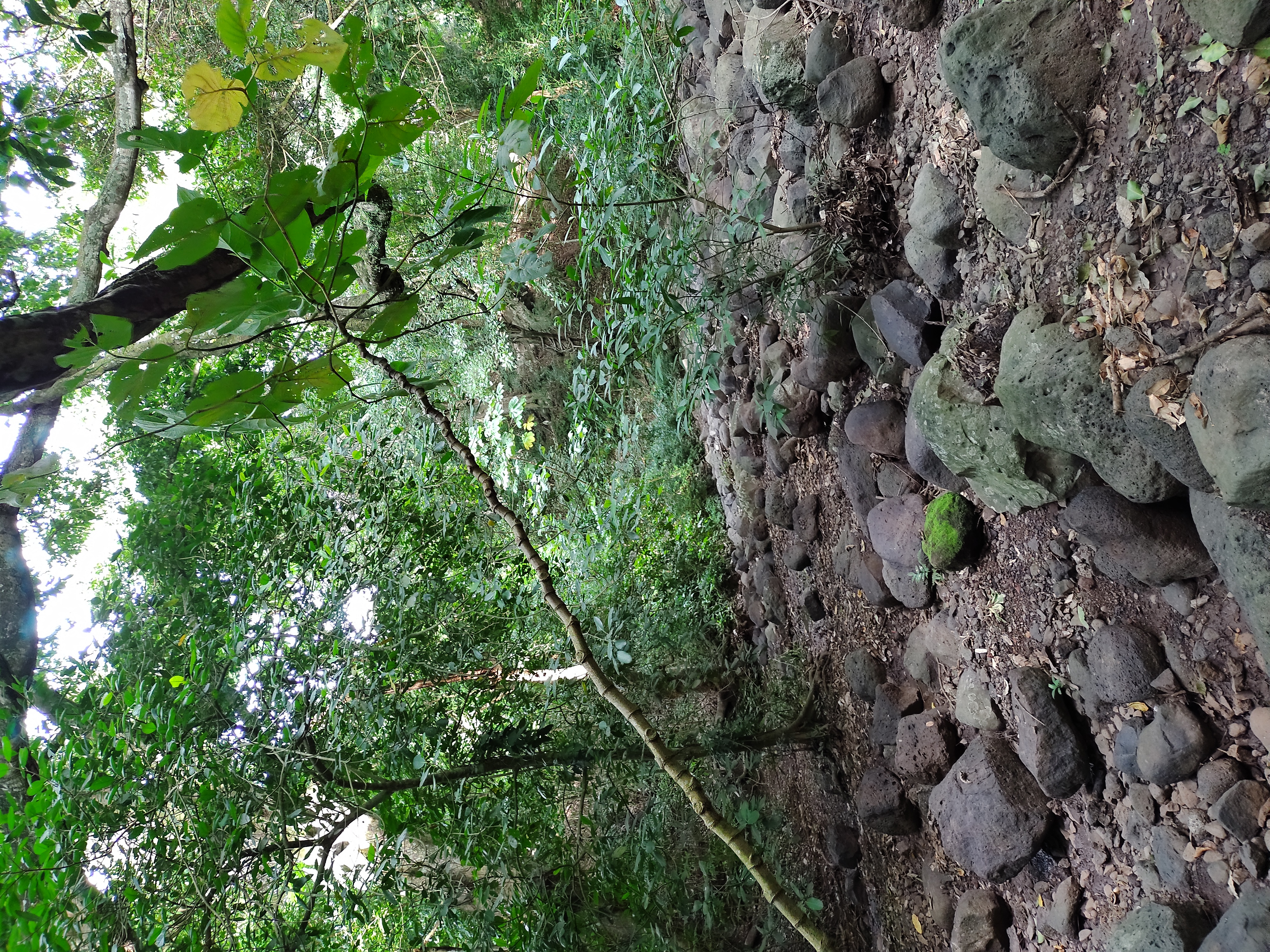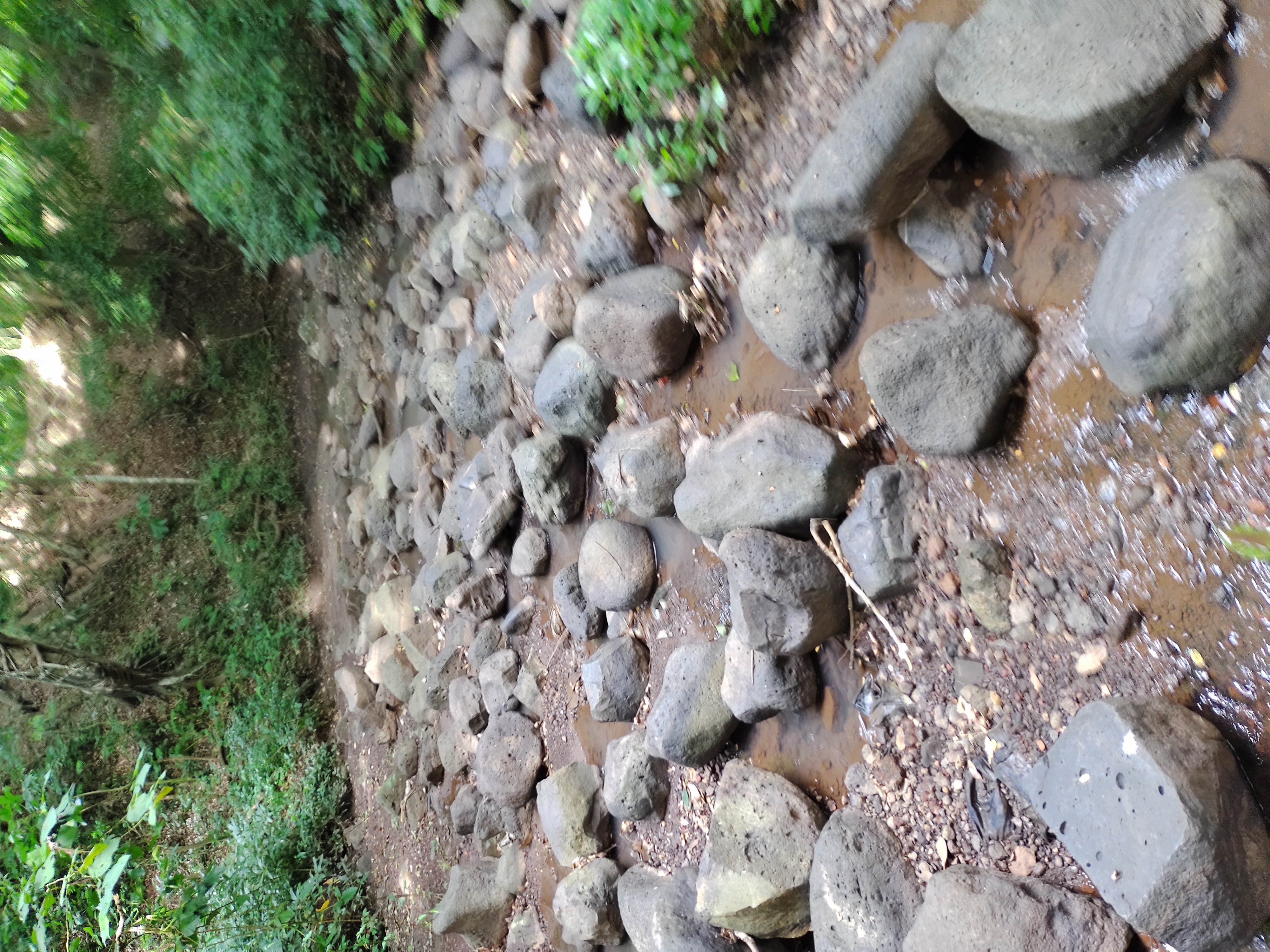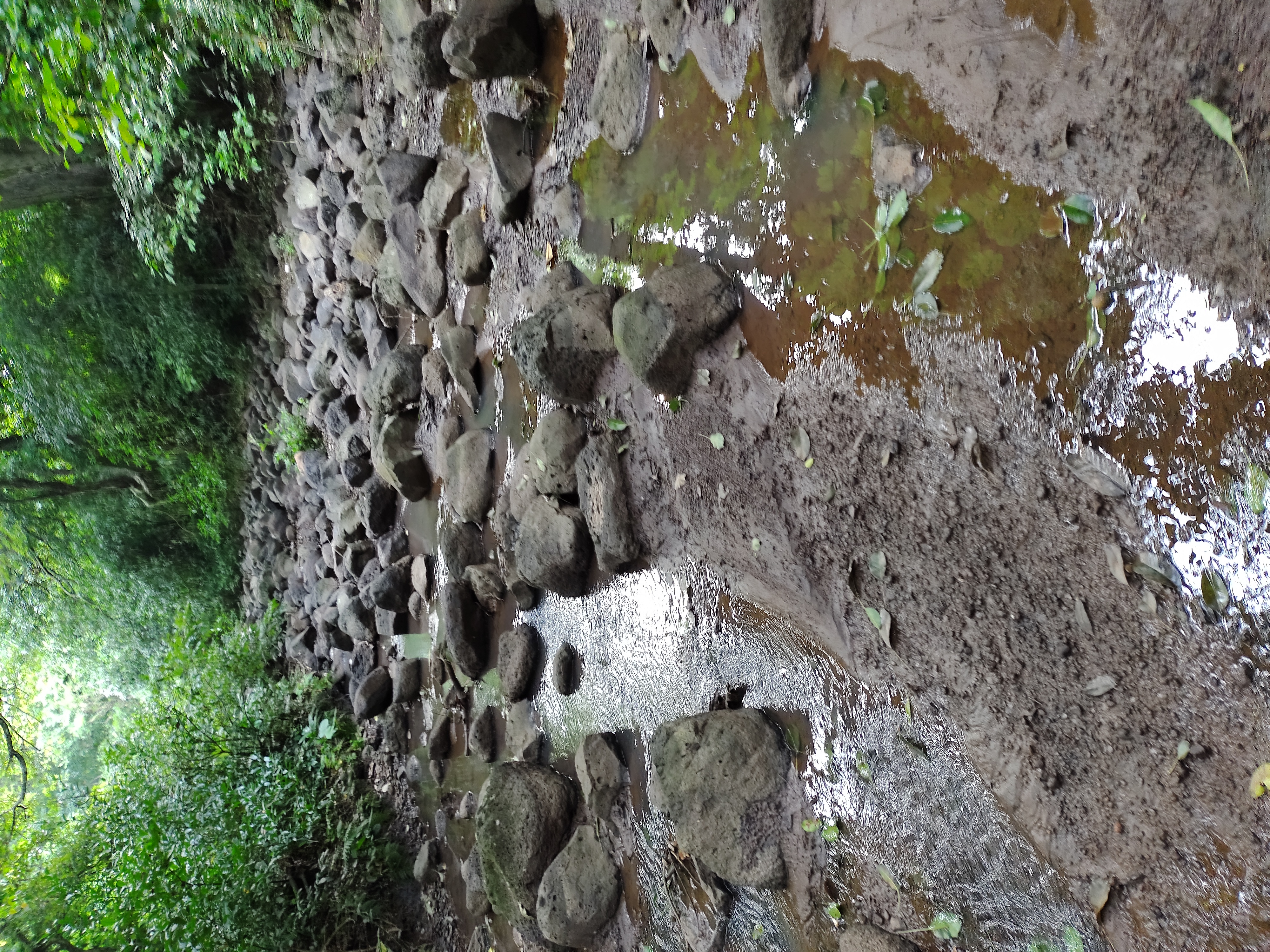Para qué sirven las rocas en los ríos, aquí un detalle. /What are rocks in rivers for, here's a detail.

Muchos nos hemos preguntado por qué los ríos siempre están llenos de rocas en su mayoría, especialmente cuando son riachuelos pequeños o de bajo caudal, siempre o usualmente encontramos cualquier cantidad de rocas en su interior ante lo que nos hemos preguntado cuál es la importancia de un ser inerte como este, a qué se debe su existencia y cuál es su función en la madre naturaleza, bueno aquí te daré un pequeño resumen de cuál es su función, para qué sirven comencemos, primero son un excelente purificador de agua sí así como lo escuchas, el agua serpentea con fuerza y choca contra las rocas ahí empieza a desprenderse de sustancias nocivas llámese basura, polvo, tierra, arena, cualquier tipo de suciedades incluso alguna bacterias, esa es la razón por la cual algunas veces vemos agua sucia en la parte superior de los ríos, y vemos que en la parte inferior mucho más bajo el agua está mucho más clara de cómo empezó en el inicio del caudal, es debido a estos efectos generados por las rocas, dándose así un proceso de limpieza muy bueno, qué más, algo importante es que son una fuente de protección para los microorganismos y animales que habitan en el río, crustáceos, peces, moluscos, reptiles, que se protegen y encuentran cobijo en sus fauces, sí dentro de las rocas pueden desovar, pueden protegerse, pueden poner sus huevecillos y continuar el ciclo reproductivo, sabiendo que están protegidas de otras especies que las pueden dañar o comer, otra función también es la de alimentar, sí sirven de protección para unos pero también de alimento para otros, algunos algunas partículas o sólidos suspendidos quedan en las rocas y sirven de alimento para otros animalitos o para otras especies, constituyendo una fuente alimenticia para continuar el ciclo biológico de los ríos, que tienen una importancia muy trascendental en nuestra madre naturaleza, qué otra función desempeñan las rocas, bueno dan protección al río es decir esto hace que el río no continúe profundizándose o excavando la tierra y hundiéndose más generando grandes agujeros o laderas en el suelo donde está, efectivamente constituyen una fuente de peso que le da solidez y contrapesos y soporte al suelo, por lo cual el agua puede deslizarse suavemente sobre la superficie de la tierra sin moverse tanto, así que constituyen una especie de protección para la tierra, y no menos importante has notado que alrededor de las caudales de ríos siempre hay árboles y todo tipo de plantas, bueno las plantas con sus raíces encuentran cobijo y encuentran arraigo y protección para sus raíces en este tipo de rocas, si no estuvieran este tipo de rocas las plantas fácilmente serían arrastradas, pero también le brinda protección a las plantas.
Cómo ves son de mucha pero mucha utilidad para el ser humano y para la biodiversidad, sin embargo han habido ocasiones en las que los humanos atrevidos han empezado a extraer este tipo de rocas de los riachuelos, constituyendo en una degradación para los mismos por esto y todos estos factores que te menciono muchos ríos se han empezado a secar y a disminuir su caudal, debido a que no encuentran la protección que las rocas le provee, así que un ser inerte y simple como una roca que aparentemente no tiene ninguna función como verá son de vital importancia en nuestra madre naturaleza, así que les dejó esta pequeña reflexión para que lo consideren, cuidemos los ríos hay mucha vida que les debemos.
Gracias por la visita recuerden material propio fotos incluidas, traducción al inglés usando traductor recuerden soy un hablante nativo de español.




English traducción:
Many of us have wondered why rivers are always full of rocks, especially when they are small streams or low-flowing ones. We usually find any amount of rocks inside and have wondered what is the importance of an inert being like this, what is its existence due to, and what is its function in mother nature? Well, here's a brief summary of what its function is and what it's for. First, they are an excellent water purifier, as the water snakes with force and collides against the rocks, substances that are harmful such as garbage, dust, dirt, sand, any type of dirt, even some bacteria, start to come off. That's the reason why sometimes we see dirty water at the top of rivers, and we see that at the bottom, the water is much clearer than how it started at the beginning of the flow. It's because of these effects generated by the rocks, thus giving a very good cleaning process. What else? Something important is that they are a source of protection for microorganisms and animals that inhabit the river, crustaceans, fish, mollusks, reptiles that protect themselves and find shelter in their jaws. Yes, they can spawn inside the rocks, protect themselves, lay their eggs, and continue the reproductive cycle, knowing that they are protected from other species that can harm or eat them. Another function is to feed. Yes, they serve as protection for some but also as food for others. Some particles or suspended solids remain on the rocks and serve as food for other animals or species, constituting a food source to continue the biological cycle of rivers that have a very transcendental importance in our mother nature. What other function do rocks perform? Well, they protect the river. That is to say, this prevents the river from continuing to deepen or excavate the earth and sink more, generating large holes or slopes in the ground where it is. They effectively constitute a source of weight that gives solidity, counterweights, and support to the ground, allowing the water to slide smoothly over the surface of the earth without moving too much. Thus, they constitute a kind of protection for the earth, and not least important, have you noticed that around river flows there are always trees and all kinds of plants? Well, plants with their roots find shelter and find anchorage and protection for their roots in this type of rock. If it weren't for this type of rock, plants would easily be washed away, but it also provides protection for plants.
As you can see, they are of much but much usefulness for humans and biodiversity. However, there have been occasions where daring humans have started to extract this type of rock from streams, constituting a degradation for them. Because of this and all these factors that I mention to you, many rivers have started to dry up and decrease their flow because they do not find the protection that rocks provide them. So an inert and simple being like a rock that apparently has no function as you will see is of vital importance in our mother nature. So I leave you with this little reflection for you to consider. Let's take care of rivers; there is a lot of life that we owe them.
Thank you for visiting; remember, the material is original, including photos. The translation into English was done using a translator, but I am a native Spanish speaker.





Cuidar los ríos , cuidar todo , de la forma en que vamos las siguientes generaciones tendrán muchos problemas para vivir , empezando por el agua que escasea en algunos países desde ahora
Así es mano ojalá aprendamos.